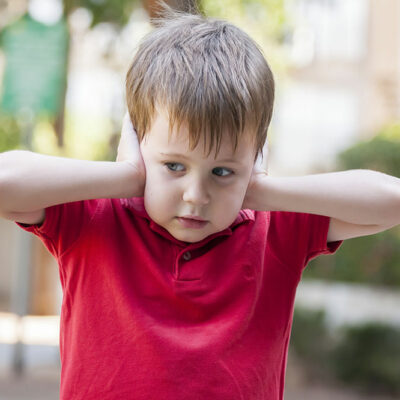
8 ways to manage tardive dyskinesia
Tardive dyskinesia (TD) is a movement disorder characterized by involuntary repetitive movements of specific body parts, most commonly the face. It is usually a side effect of specific treatments that trigger chemical changes in the brain, increasing dopamine sensitivity. Underlying diseases like diabetes and HIV may aggravate the symptoms. Besides seeking timely treatment, here are a few valuable ways to help manage tardive dyskinesia symptoms better in the long run. Manage comorbid conditions As mentioned, comorbid conditions like diabetes, HIV, and brain injury can aggravate the symptoms. Hence, patients should get tested for these diseases and manage them well. For example, those with tardive dyskinesia who are diagnosed with diabetes should control their sugar intake and check their blood glucose levels regularly. Determine the underlying cause Tardive dyskinesia is typically caused by a treatment course that blocks the brain’s dopamine receptors. One should consult a doctor to identify what treatment is causing the condition. Timely detection of the root cause can help one better manage the symptoms and heal from the condition. Avoid stress Many patients with tardive dyskinesia agree that controlling the symptoms is difficult under stressful conditions. Hence, one should identify and eliminate their stressors. For example, individuals in high-pressure jobs should switch to a less stressful or part-time job to reduce workload.
Read More 







